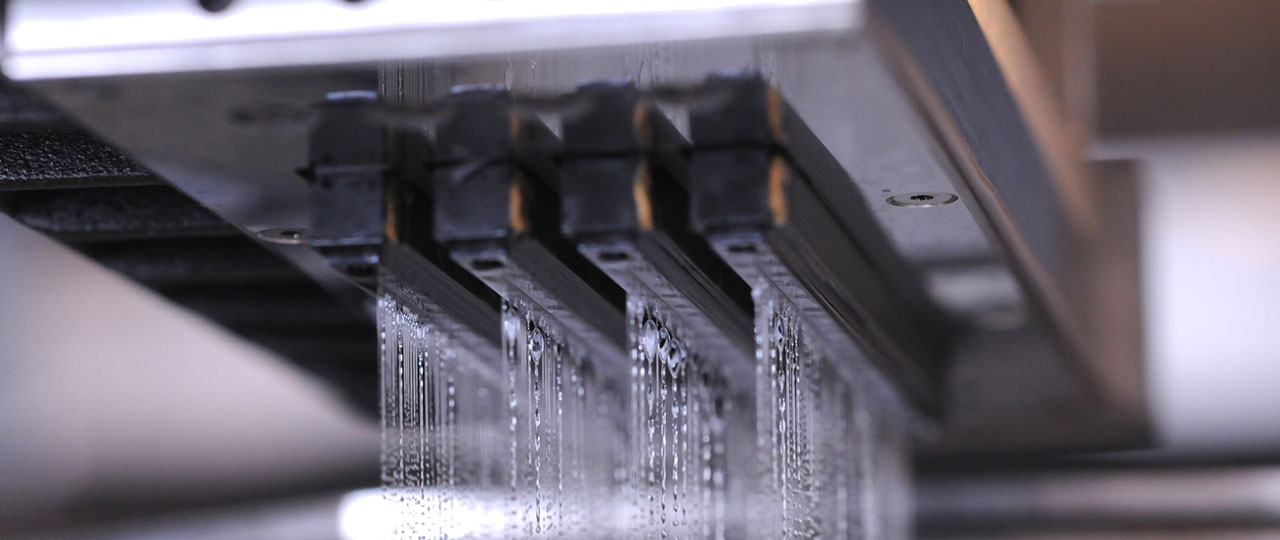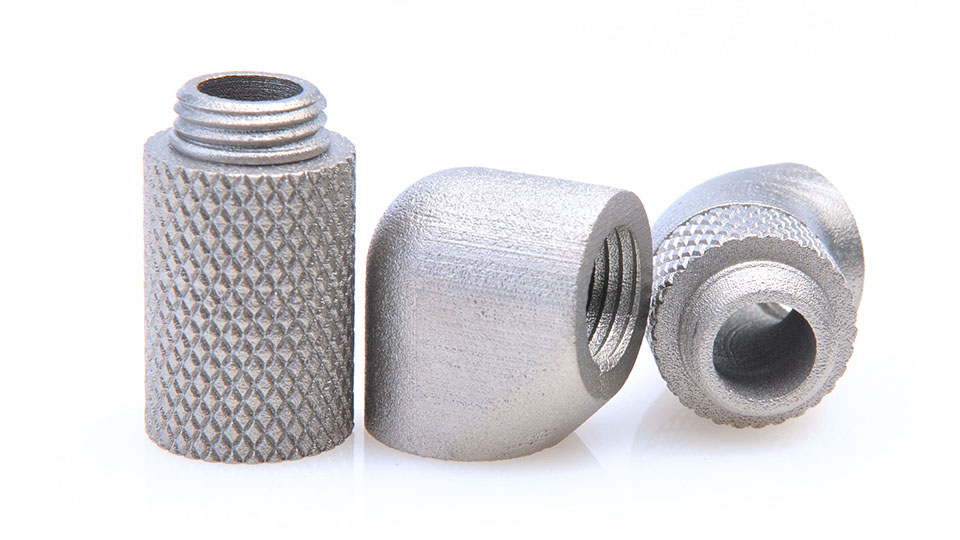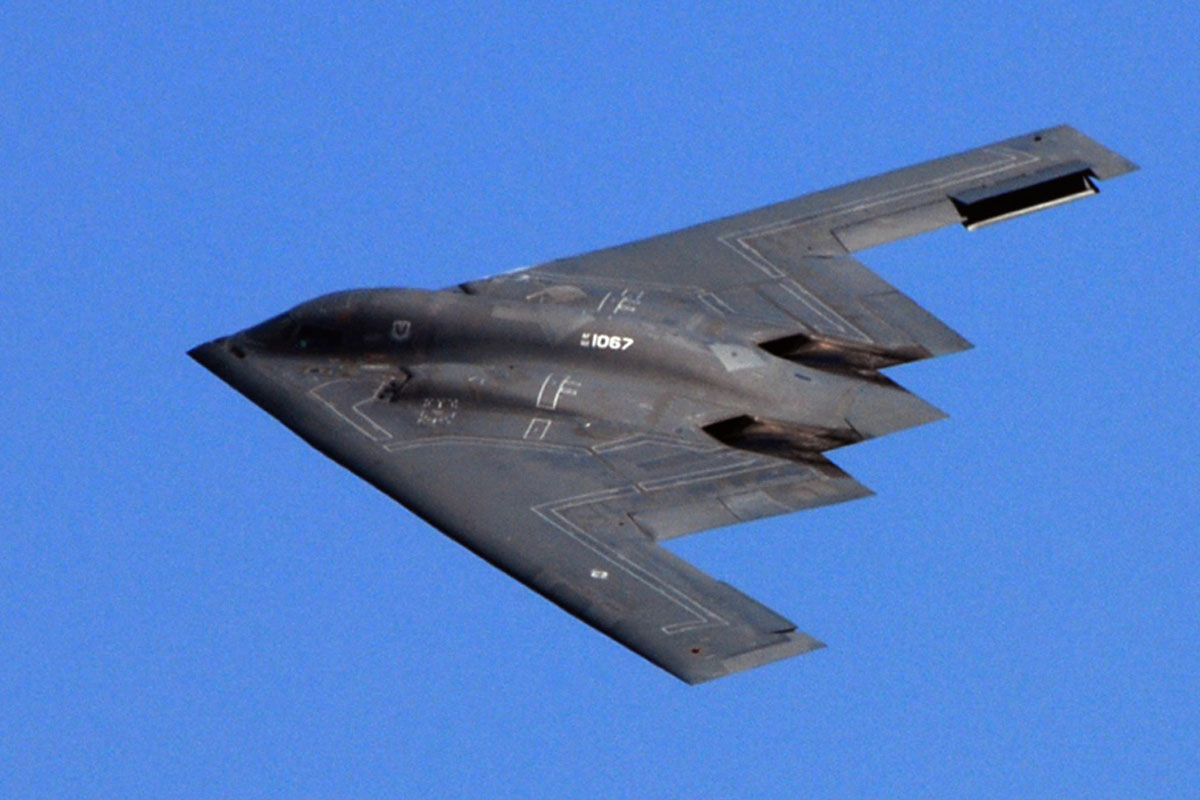Binder jetting 3D printer manufacturer ExOne has been chosen to develop binder jet 3D printing processes for a novel steel alloy for the United States’ Air Force Research Laboratory (AFRL).
ExOne was awarded the contract by the National Center for Defense Manufacturing and Machining (NCDMM) to qualify AF-9628, a high-strength steel produced by the U.S. Air Force, for binder jetting.
Rick Lucas, ExOne CTO and VP, New Markets, said: “We are proud to partner with NCDMM and the Air Force on this exciting project. We look forward to applying our decades of binder jetting experience to this significant 3D printing and defense research.”

AF-9628 and 3D printing
According to the Air Force, 3D printed AF-9628 parts are 20 percent stronger than conventional additive manufactured alloys. The alloy is currently produced through traditional and 3D printed methods, including laser powder bed fusion (LPBF). However, binder jet 3D printing would enable AF-9628 parts to be manufactured at a significantly lower cost than is presently possible.
“We are looking forward to our collaboration with ExOne to develop binder jet additive manufacturing processes for AF-9628 alloy and realize potential manufacturing cost savings for the Air Force,” added Jason Thomas, project engineer at NCDMM.
Why binder jet 3D printing?
A high-speed and relatively low-cost manufacturing method, binder jet 3D printing produces functional precision parts from metal, sand, or ceramic powders. During the process, a binder is selectively deposited into a bed of powder particles to create a solid part one layer at a time.
Since developing the first iteration of its binder jetting technology in 1996, ExOne has qualified more than 20 materials for its patented 3D printing process. To date, 10 single-alloy metals, six ceramics, and five composite materials can be used in ExOne’s 3D printers, in addition to over 24 powders qualified for 3D printing based on testing in a research and development (R&D) environment.
To qualify these materials, the firm has undertaken a number of major collaborations with the likes of H.C. Starck, Global Tungsten & Powders, SGL Carbon, NASA, and Oak Ridge National Laboratory, among others.
The partnership with Global Tungsten & Powders saw the two companies work to further the use of tungsten powders in metal binder jet printing. This is expected to significantly impact the production of cutting tools, wear-resistant parts, and applications requiring high electrical and thermal conductivity.
In August, ExOne certified Inconel 718, a nickel-based superalloy typically used in high-stress aerospace, energy, and automotive applications, with its ‘Third Party Qualification’ status, the firm’s highest level of material readiness for metal binder jet 3D printing.
Elsewhere, the company recently announced the launch of five new R&D projects with Pennsylvania universities to advance different aspects of binder jet 3D printing.

The U.S Air Force’s adoption of 3D printing
The sourcing and production of spare parts with traditional manufacturing methods for the aerospace sector are becoming increasingly difficult, often with lead times between months and years, and with high production costs. 3D printing is one of the novel technologies being employed within the aerospace sector to speed up the production of parts and shorten lead times.
The Air Force, which has seen its fair share of additive manufacturing exposure, is optimistic about 3D printing’s potential in its aircraft sustainment and has initiated a number of projects involving the technology in recent years. One of these projects incorporated developing a method of 3D printing high-performance steel (AF-9628) for its weapons, which will be used to manufacture high-strength, lightweight ammunition.
In August, engineers from the Oklahoma City Air Logistics Complex, a wing of the Air Force Sustainment Center, became the first to successfully test a 3D printed metal component inside a U.S. Air Force aircraft engine. Meanwhile, the Air Force Life Cycle Management Center’s B-2 Program Office announced it would 3D print protective components for the B-2 Spirit, known as the Stealth Bomber.
Earlier this year, the Air Force’s ongoing partnership with GE Additive and GE Aviation hit its first technology milestone with the 3D printing of a sump cover for the F110 jet engine, used in both the F-15 and F-16 aircraft. Prior to this, a team of researchers from the Air Force successfully 3D printed a surgical retractor on a desktop 3D printer.
Most recently, Directed Energy Deposition (DED) and Aerosol Jet Printing (AJP) metal 3D printer developer, Optomec, was selected by the Air Force to deliver a high-volume machine for the refurbishment of turbine engine components, including titanium parts. The automated additive repair system designed by Optomec will be able to process tens of thousands of repairs each year.

Subscribe to the 3D Printing Industry newsletter for the latest news in additive manufacturing. You can also stay connected by following us on Twitter and liking us on Facebook.
Be sure to subscribe to the Another Dimension podcast on your chosen podcast player to make sure you never miss an episode.
Looking for a career in additive manufacturing? Visit 3D Printing Jobs for a selection of roles in the industry.
Featured image shows a 3D binder jetting print head. Photo via ExOne.



